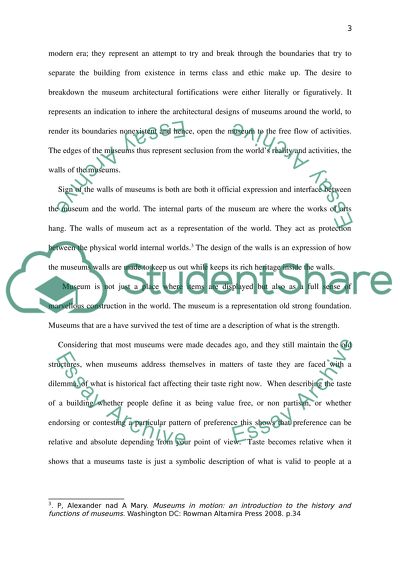Cite this document
(“Theoretical analysis & Critical design Essay Example | Topics and Well Written Essays - 2500 words”, n.d.)
Retrieved from https://studentshare.org/visual-arts-film-studies/1404113-theoretical-analysis-critical-design
Retrieved from https://studentshare.org/visual-arts-film-studies/1404113-theoretical-analysis-critical-design
(Theoretical Analysis & Critical Design Essay Example | Topics and Well Written Essays - 2500 Words)
https://studentshare.org/visual-arts-film-studies/1404113-theoretical-analysis-critical-design.
https://studentshare.org/visual-arts-film-studies/1404113-theoretical-analysis-critical-design.
“Theoretical Analysis & Critical Design Essay Example | Topics and Well Written Essays - 2500 Words”, n.d. https://studentshare.org/visual-arts-film-studies/1404113-theoretical-analysis-critical-design.


